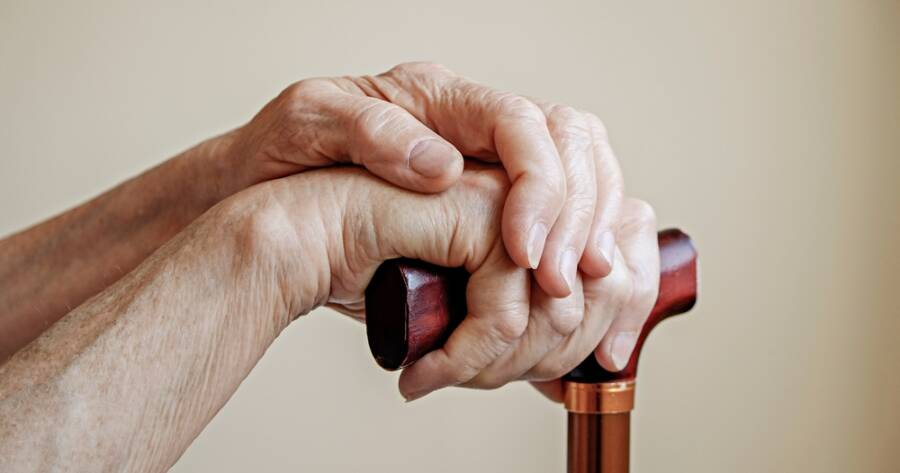Hand osteoarthritis is a degenerative joint condition that affects millions of people worldwide. It occurs when the protective cartilage in the joints gradually wears down, leading to pain, stiffness, and reduced hand function. As the disease progresses, symptoms worsen, making daily tasks more challenging. Understanding the stages of hand osteoarthritis can help individuals recognize early warning signs and seek timely medical intervention to manage symptoms effectively.
Stage 1: Early Osteoarthritis (Mild Symptoms)
In the early stage of hand osteoarthritis, changes in the joints may be subtle, and symptoms are often mild. Many people do not immediately recognize that they have osteoarthritis at this point.
Common symptoms include:
- Occasional stiffness in the fingers, especially in the morning or after long periods of inactivity.
- Mild discomfort when using the hands for repetitive movements, such as typing or gripping objects.
- Slight swelling or tenderness around the affected joints.
At this stage, cartilage begins to show minimal wear, but the bones are still well protected. Joint space remains relatively normal, and X-rays may not reveal significant abnormalities. Maintaining a healthy lifestyle, regular hand exercises, and early treatment approaches can slow disease progression.
Stage 2: Moderate Osteoarthritis (Increased Discomfort and Stiffness)
As osteoarthritis progresses to stage 2, joint cartilage continues to wear down, and symptoms become more noticeable. Individuals may begin experiencing pain more frequently, particularly after extended use of their hands.
Common symptoms include:
- Increased stiffness and discomfort, especially in the morning or after physical activity.
- Swelling in the joints, making the fingers appear slightly puffy.
- Occasional clicking or popping sounds when moving the fingers.
- Mild to moderate difficulty gripping objects, such as a pen, doorknob, or jar lid.
At this stage, X-rays may reveal narrowing of joint spaces and the presence of small bone spurs (osteophytes). Treatment focuses on pain management, hand therapy, and protective measures, such as using ergonomic tools or braces.
Stage 3: Severe Osteoarthritis (Persistent Pain and Limited Mobility)
By stage 3, the disease has progressed significantly, and cartilage loss becomes more pronounced. The bones begin to rub against each other, leading to chronic pain and stiffness that interfere with daily activities.
Common symptoms include:
- Persistent pain, even at rest.
- Noticeable joint deformities, such as bony lumps around the knuckles (Heberden’s and Bouchard’s nodes).
- Significant difficulty using the hands for fine motor tasks, such as buttoning clothes or writing.
- Reduced flexibility, making it hard to fully extend or bend the fingers.
At this stage, treatment options include stronger medications, cortisone injections, and physical therapy to maintain hand function.
Stage 4: Advanced Osteoarthritis (Severe Joint Damage and Disability)
In the final stage, osteoarthritis leads to severe joint damage, causing constant pain and major mobility limitations.
Common symptoms include:
- Extreme stiffness and pain, even with minimal movement.
- Complete loss of cartilage, leading to bone-on-bone friction.
- Severe joint deformities affecting hand function.
- The need for surgical intervention, such as joint fusion or joint replacement.
Managing Hand Osteoarthritis: Early Detection and Treatment for Better Mobility
Recognizing the stages of hand osteoarthritis allows individuals to seek appropriate treatment and lifestyle modifications to slow progression. Early intervention with medications, physical therapy, and protective measures can improve quality of life and maintain hand function. If symptoms worsen, consulting a healthcare professional is essential to explore advanced treatment options and pain management strategies.

